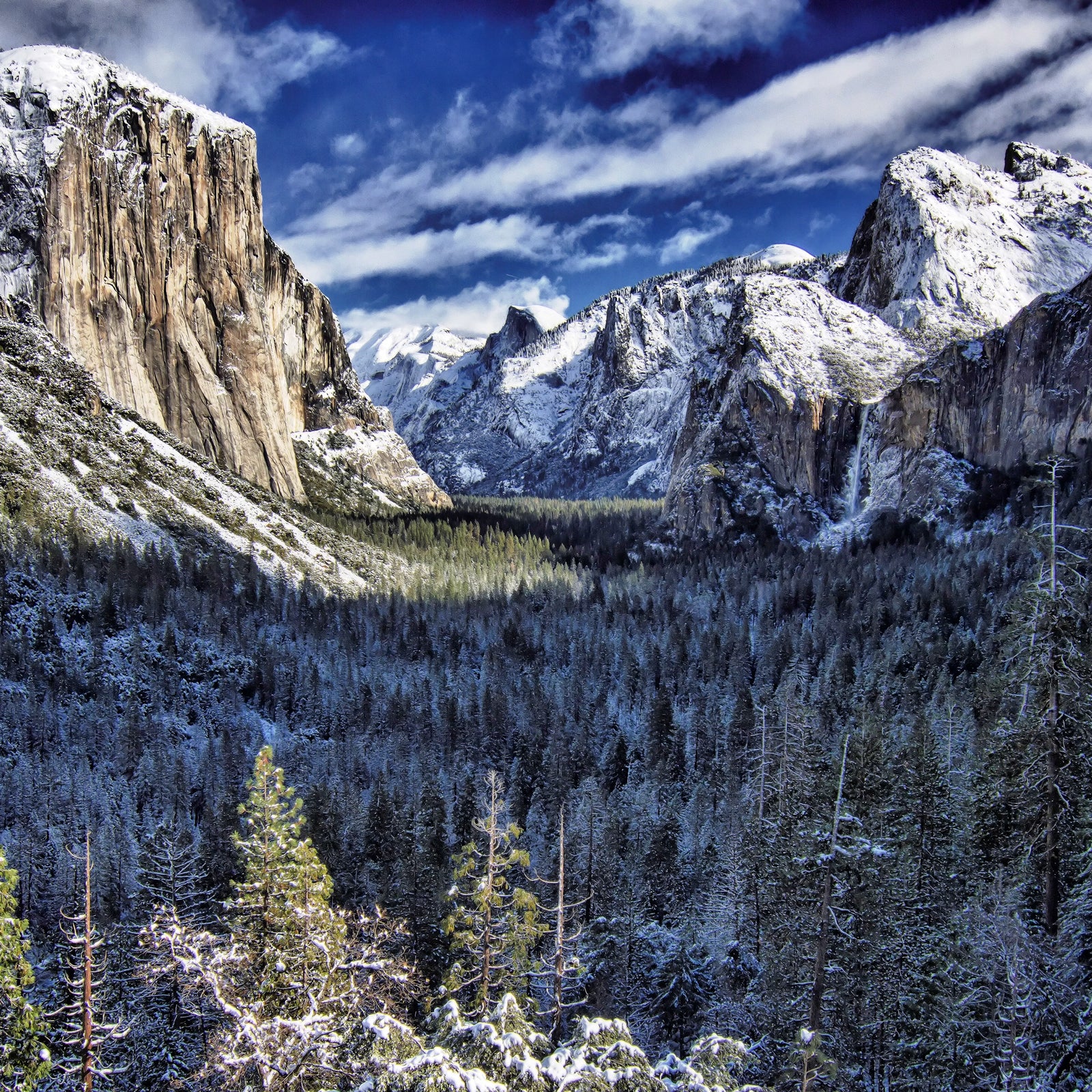Try to hike in Yosemite Valley in the summer months��and you’ll be met with hundreds of visitors. But go in winter��and you’ll have plenty of breathing room. Winter at national parks means quiet, solitude, and many��trails that are still good for hiking. Just be sure to check conditions and bring the proper equipment, whether that’s microspikes for your shoes or anti-freeze water bottles.��We asked Hannah Singleton, a veteran hiking guide with Arizona-based��, which leads guided hikes in many of our country’s national parks, for her favorite wintertime hikes in national parks.
Taylor Creek Trail,��Zion National Park, Utah
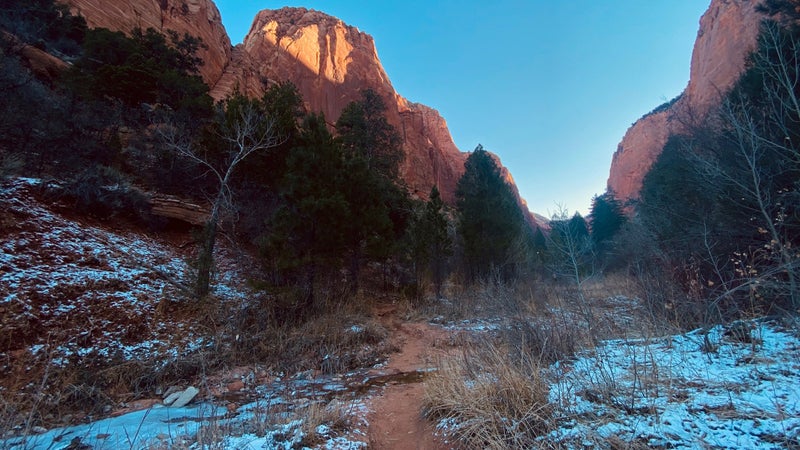
The five-mile round-trip�� starts in the less-visited Kolob Canyons section of Zion National Park. “This hike is a fantastic winter option because it involves over 30 crossings over Taylor Creek, which is frozen and easier to cross in the winter,” says Singleton, who suggests bringing microspikes so your shoes can grip to the ice.��“Once you enter the finger of Kolob Canyon, the towering sandstone walls rise above you as you hike through the lush riparian zone.” Kolob Canyons is the west end of Zion, accessed via the less-used Exit 40 on Interstate 15, so you’ll see far less traffic than in the main park.
Golden Canyon and Gower Gulch Loop,��Death Valley, California
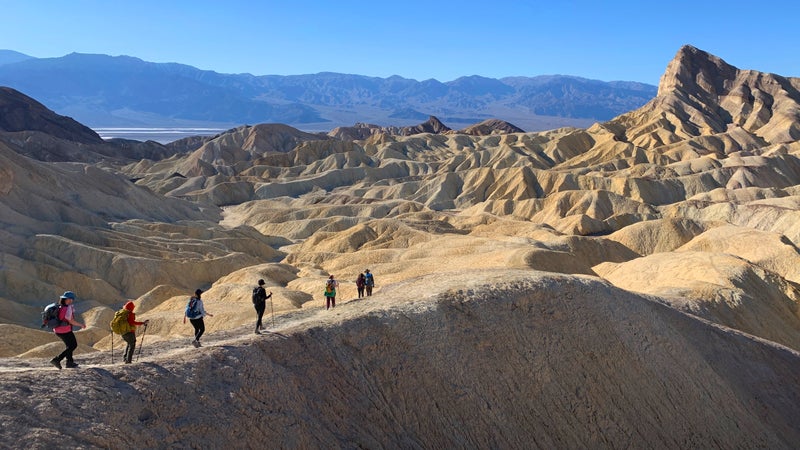
Connect��, starting at Death Valley’s Golden Canyon trailhead, for a four-mile loop. November to February temperatures range��between 40 and 77��degrees, making for ideal hiking weather. You can tack on additional sections for a total of roughly eight miles. “I love this trail because it offers a bit of everything,” Singleton says. “Slot canyons, colorful mineral-deposited rocks, some minor scrambling, and expansive badlands views. It’s a perfect winter destination due to the lack of shade, which makes it very undesirable in the summer.”
Lone Star Geyser,��Yellowstone National Park, Wyoming
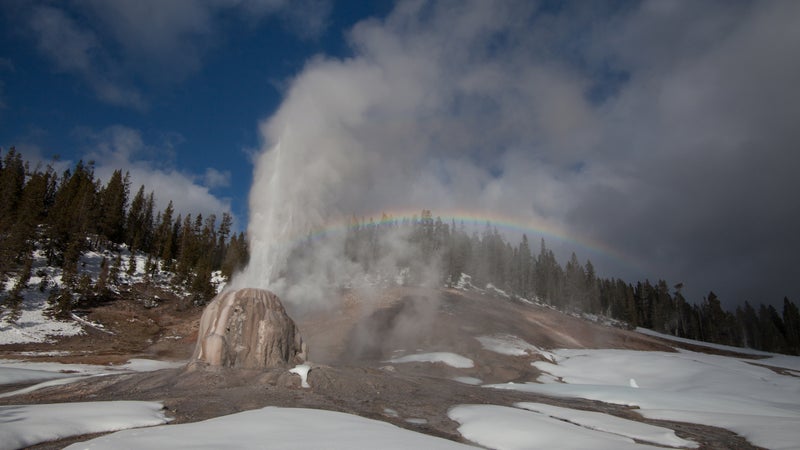
in Yellowstone erupts up to 45 feet high every three hours or so. To see it in winter, when temperatures range from below freezing��to the low 30s, you’ll traverse a groomed, snow-covered��trail along the steaming Firehole River—best done on cross-country skis or snowshoes—for about five miles round-trip. “This is one of my favorite geysers in the park year-round, but a layer of fresh snow makes this hike spectacular,” Singleton says. “Bring a thermos of coffee or hot chocolate in case you have to wait for the geyser to erupt. Wildlife sightings are incredibly common: bison and elk often hang around because of the warm ground.”
Yosemite Valley Loop,��Yosemite National Park, California
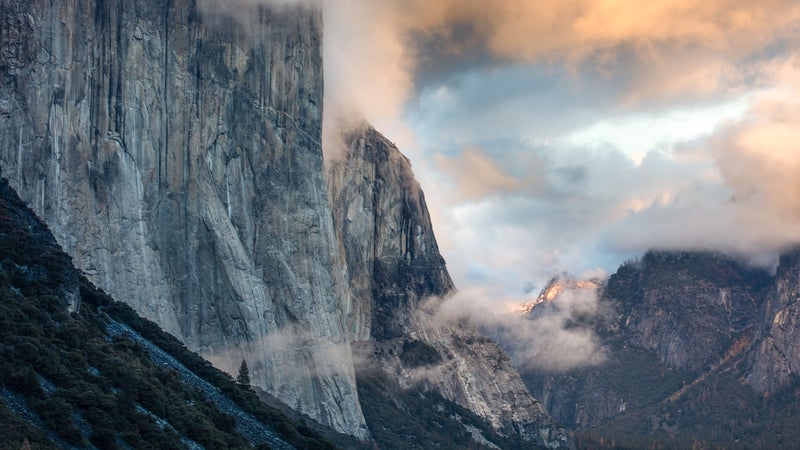
Much of Yosemite is covered in snow this time of year, but the�� remains relatively dry in winter and sees temperatures from the high 20s to low 50s. “This 11.5-mile loop is one of the most underrated trails in the park,” Singleton says. “You connect all the major sites in the Valley with sections of solitary forest and riverside walking. Most of these trails are old wagon roads, so they’re relatively flat and pleasant. My favorite section is from Camp 4 to El Capitan Meadow: you pass numerous beaches along the river and end with fantastic views of the iconic monolith.”
Alum Cave Trail,��Great Smoky Mountains National Park, Tennessee
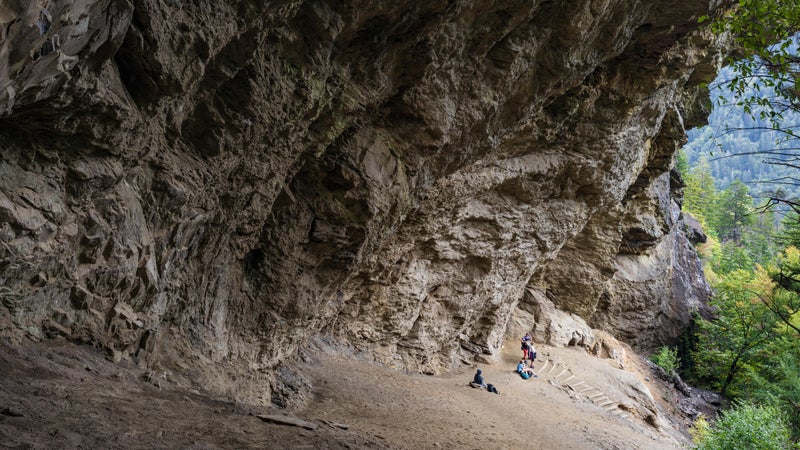
Hike amid old-growth trees on your way to an 80-foot-high concave bluff. It’s about a five-mile round-trip trail to��, a narrow tunnel under an arch that leads to Peregrine Peak, or ten��miles if you continue on to the top of 6,393-foot Mount��LeConte. “In the winter, icicles dangle from the overhang of Alum Cave Bluff—don’t stand under them,” Singleton says. “This trail also takes you to the summit of Mount��LeConte, where you get panoramic views of the entire park. This is one of the most popular trails in the Great Smoky Mountains National Park, which averages 40 degrees in the winter, so don’t expect to be alone.” Since Newfound Gap Road, where the trailhead is located, occasionally closes in snowy weather, Singleton also recommends Mount��Cammerer as a good low-elevation alternative.
Rim to Rim to Rim,��Grand Canyon National Park, Arizona
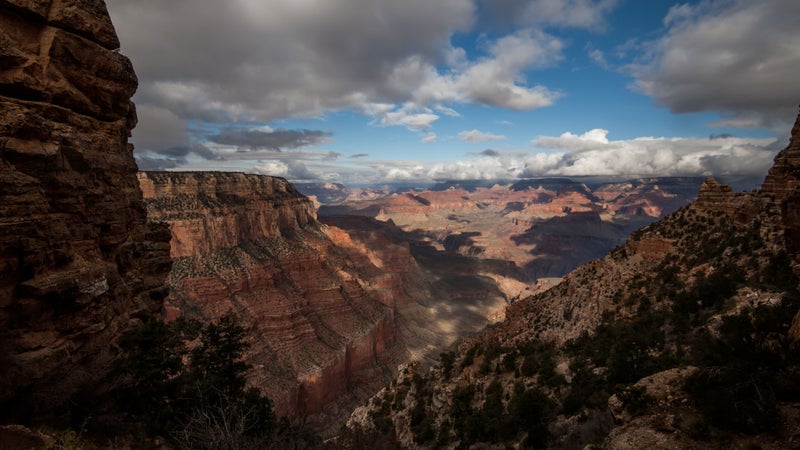
Looking for a winter backpacking trip? Going rim to rim to rim in the , a 40-plus-mile stretch, is a must-do multiday hike. (Wildland Trekking offers a�� in the winter starting at $1,395.)��For a day hike, consider the��. While it’s often covered in hard-packed snow and ice, “you experience three distinct winter environments: the dusting of snow along the South Rim, the dry desert canyon bottom, and the snow-covered North Rim,” Singleton says. “Ribbon Falls, a sacred site of the Zuni people, is an incredible green oasis in the sea of red.”
Thunder Creek,��North Cascades National Park, Washington
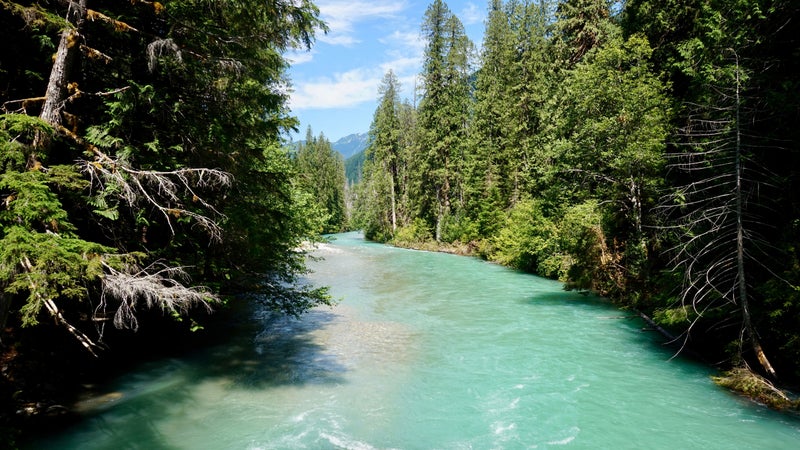
The out-and-back ��Trail covers 12 miles in total and climbs around 4,900 feet, but you can turn around at any point if you want a shorter journey. It’s especially beautiful in the colder months, when temperatures range from eight��to 30 degrees. “Winter is a great time to hike the North Cascades because although heavy rain falls on the area, the trees stay green and the understory flourishes,” Singleton says. “The trail weaves through an old-growth forest of Douglas firs and cedars. The cloudy turquoise waters of Thunder Creek get their color from glacial flour, the result of modern-day glaciers grinding down bedrock into a fine powder.”
Cohab Canyon and Cassidy Arch Via the Frying Pan,��Capitol Reef National Park, Utah
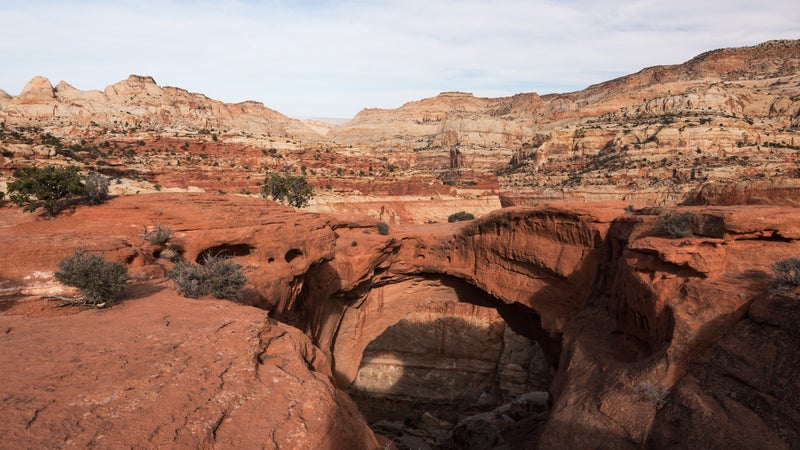
Connecting�� in the Fruita, Utah, region of Capitol Reef is a point-to-point route, so you may want two cars or make it into a round-trip that covers about ten��miles. “You’ll see all the geologic features that represent Capitol Reef National Park: the white domes of Navajo sandstone, the eroding castles of the , and the sheer red walls of . Legend has it that Butch Cassidy and the Wild Bunch used the Grand Wash to traverse through this region. This trail sees very little snow and mild temperatures that average 30 degrees, so it is accessible year-round.”


